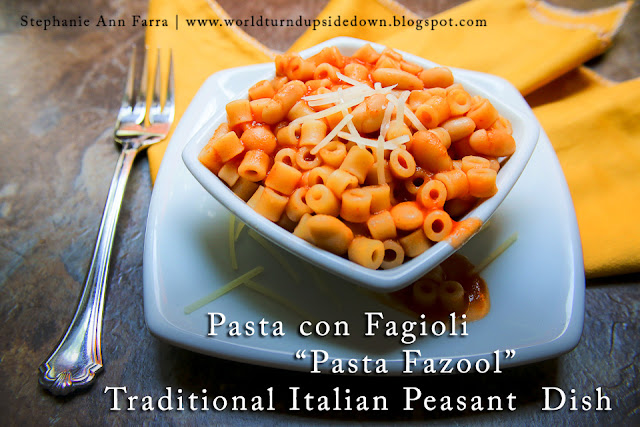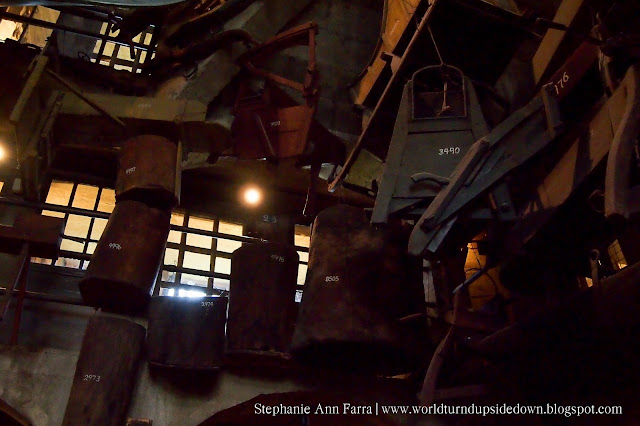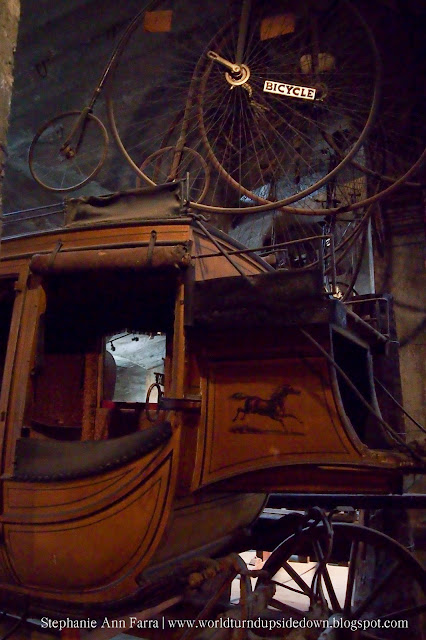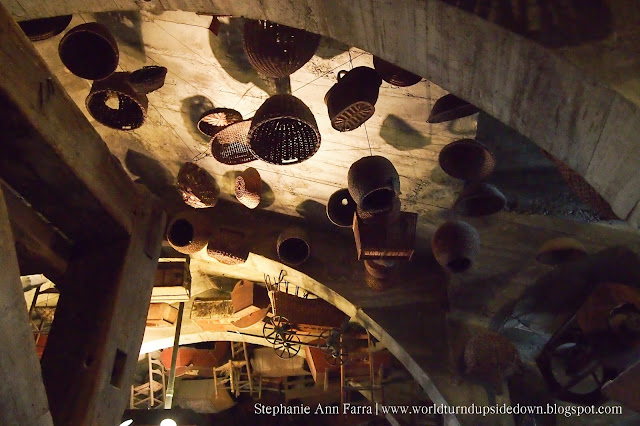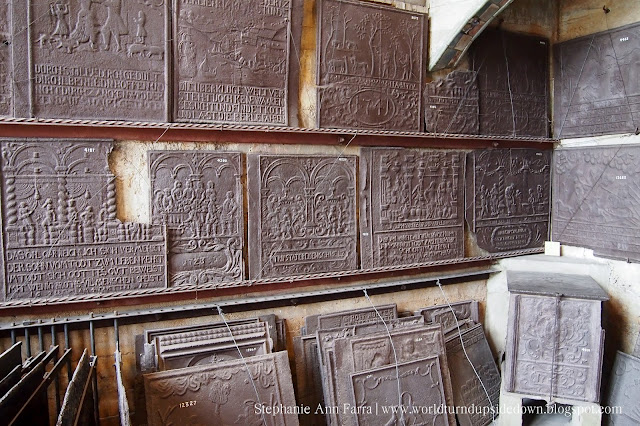I don't even know where to start with the Fall Harvest Festival at Newlin Grist Mill in Glenn Mills, PA. So much was going on my head is still spinning! There were so many interesting an unique displays, and I didn't even get to see them all.
If you've never been to Newlin, the site has a many historical buildings: houses, a mill with working water wheel, blacksmith shop, and log cabin. I stayed mostly in the mill today. We were lucky the rain held off until the event finished and there was quite a decent turn out.
Carpentry. Rich Schuman of For Woodness Sake using a spring pole lathe to make wooden spoons and bowls.
Silhouettes by Brian S. Miller of Historic Odessa Foundation. Parents and kids took turns posing and drawing silhouettes.
Beer Brewing. I unfortunately/fortunately was stationed right above the beer brewing and it took me a while to realize what the odd steam coming through the floor was. Now I'm beer flavored.
Paper marbling with Danielle of Colonial Bookbindery.
Green sand pewter casting. Sorry for the multiple images here but I found this to be really fascinating.
Brickmaking. This was a fun display that demonstrated a trade that most people would think is boring if they didn't know all of what went into it.
18th century Horticulturist display.
Scherenschnitte. I only had a chance to pop my head in here but the papercuttings were very finely detailed and beautiful.
Flintknapping. A fascinating display on flintknapping and the making of stone and bone tools. In the barn was a concert of 18th century performers.
Blacksmithing. This is the shop that I learned to blacksmith in during college. I was never very good at it. :)
Lye and potash boiling for soap making and quick rise baking. I am currently very interested in this as I've been meaning to make soap.
Archaeology. Normally at Newlin, I am with the archaeology program. Today they found something interesting at the 18th century level. A floor or a wall that no one knew was there, next to the covered millrace (the arch shaped stonework). You can see it under the wood board in the second photo.
Hope you enjoyed the images! It was a fun event, I'm sorry I didn't get to walk around more.






















